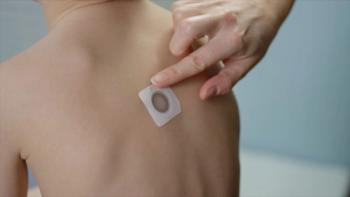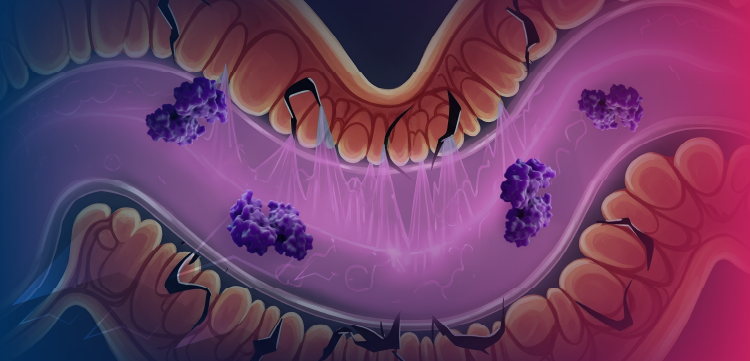
Small scalp wounds: Get it together without stitches
When a patient comes to me for repair of a scalp laceration, the main issue usually is "am I going to get stitches?" (Sometimes the first words out of the child's mouth are "I am not getting stitches!") I have these situations under control because I know I can repair scalp wounds without using staples, stitches, sterile strips, or surgical glue. Instead, I use the patient's hair and a nylon suture to close small scalp wounds. I learned the technique at a meeting given by the staff of Oakland (Calif.) Children's Hospital more than 10 years ago, and it has served me and my patients well ever since. Before you begin, you may wish to apply LET (lidocaine, epinephrine, and tetracaine) gel or a topical anesthetic cream to the wound at least 45 minutes before starting the procedure to ensure that the patient feels no pain.
When a patient comes to me for repair of a scalp laceration, the main issue usually is "am I going to get stitches?" (Sometimes the first words out of the child's mouth are "I am not getting stitches!") I have these situations under control because I know I can repair scalp wounds without using staples, stitches, sterile strips, or surgical glue. Instead, I use the patient's hair and a nylon suture to close small scalp wounds. I learned the technique at a meeting given by the staff of Oakland (Calif.) Children's Hospital more than 10 years ago, and it has served me and my patients well ever since. Before you begin, you may wish to apply LET (lidocaine, epinephrine, and tetracaine) gel or a topical anesthetic cream to the wound at least 45 minutes before starting the procedure to ensure that the patient feels no pain.
1. Select eight or 10 hairs on each side of the laceration and wet them with povidone-iodine or saline solution to keep them together.
3. Have an assistant pull the hairs over the nylon suture from both sides of the wound to bring the edges together (interweaving is not necessary).
4. With the assistant's help, keep the ends of the hairs pulled taut to keep the edges of the wound approximated, and tie the hairs together using the nylon suture.
5. Apply an antibiotic ointment to the area when you are satisfied that the tie is secure.
The nylon suture may be clipped in 10 to 14 days. This technique does not increase the risk of infection because the skin is not punctured and no foreign body lies under the skin surface.
Carl S. Ingber, MD, Pebble Beach, Calif.
Newsletter
Access practical, evidence-based guidance to support better care for our youngest patients. Join our email list for the latest clinical updates.







